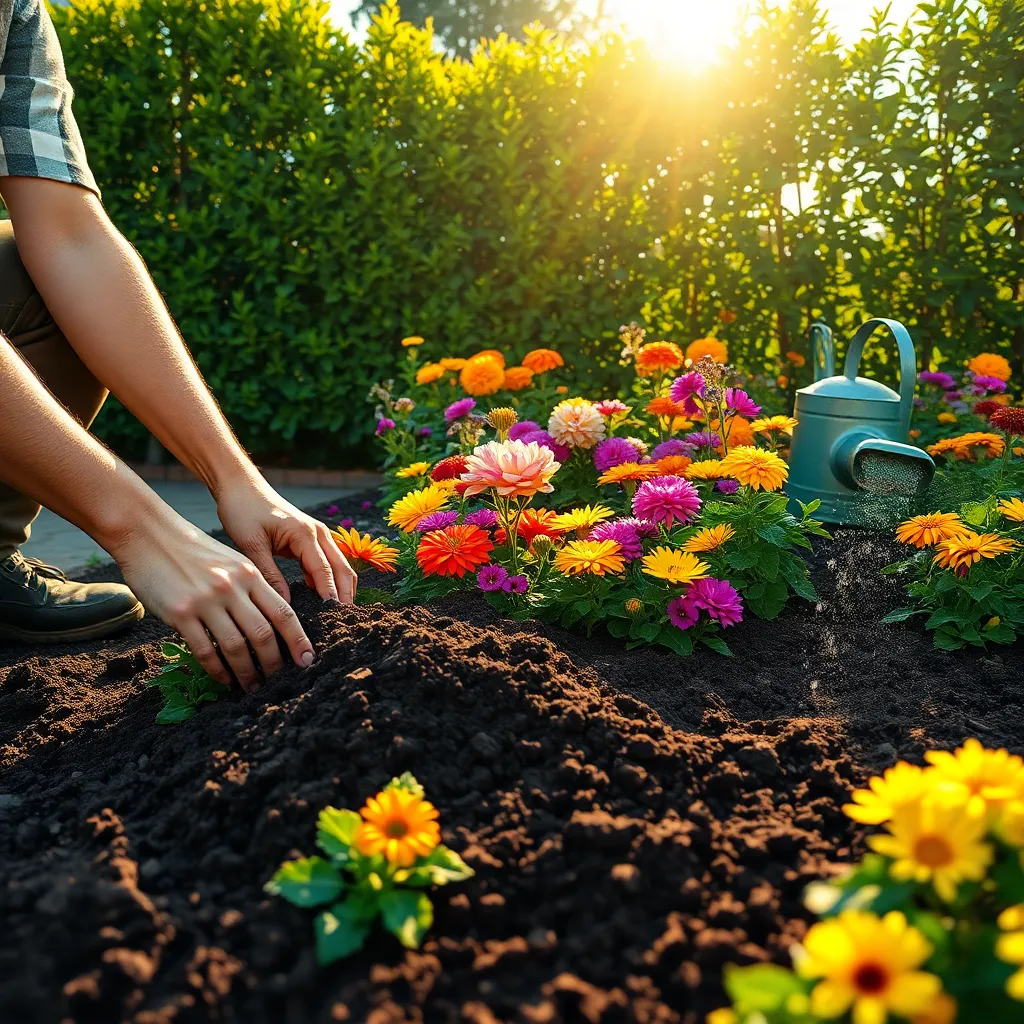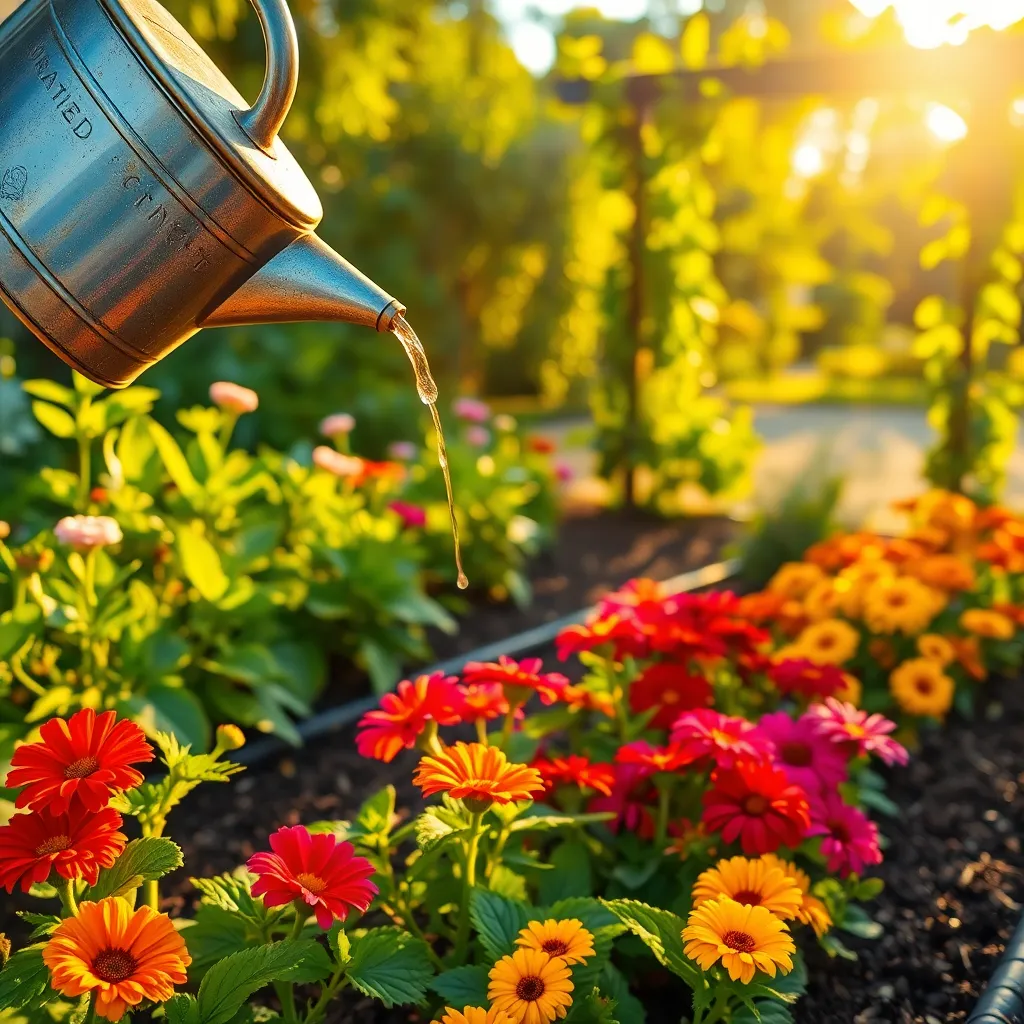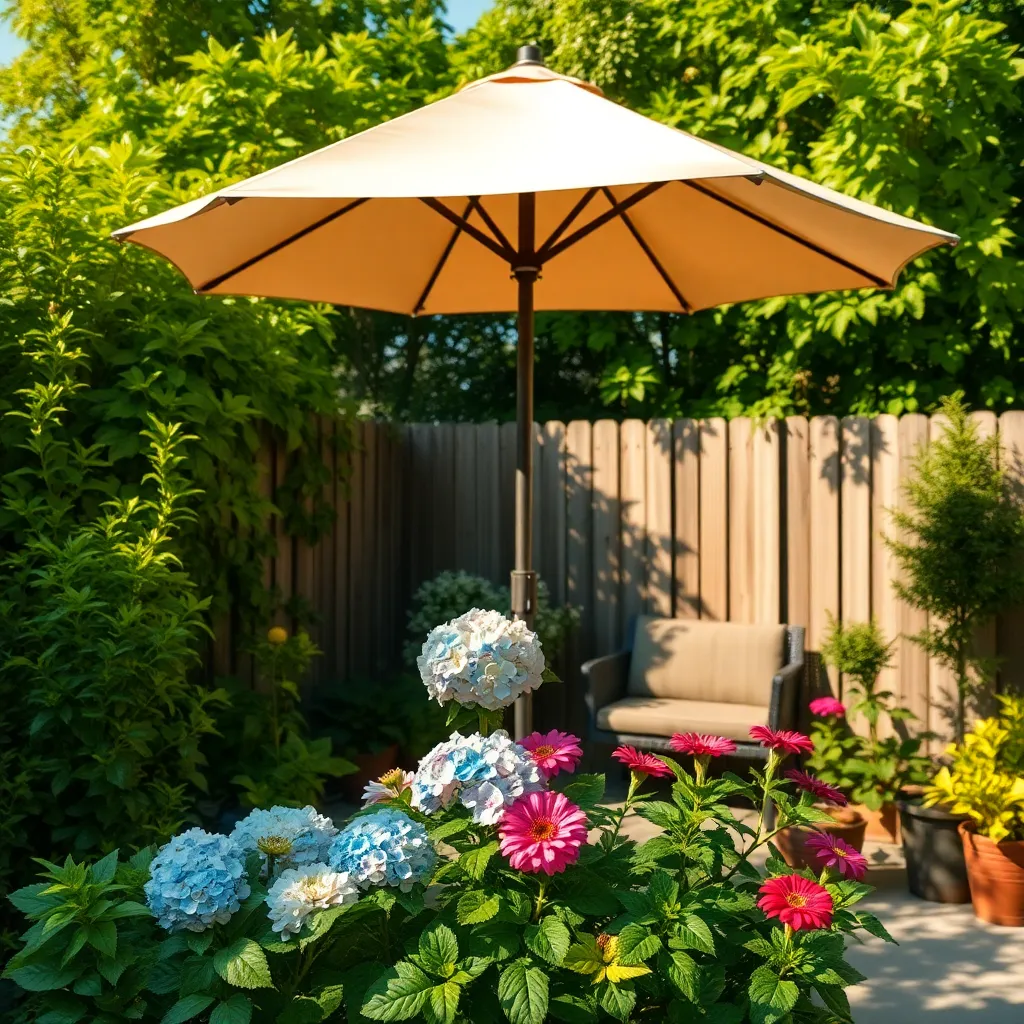Amid the vibrant colors and intoxicating scents of your garden, summer’s fierce heat can pose a formidable challenge to your beloved flowering plants. Whether you’re new to gardening or have spent years tending to your blooms, understanding how to keep them thriving in hot weather is essential for a flourishing garden. The scorching sun and dry winds can quickly sap moisture, leaving plants stressed and wilting. This article will guide you through the nuances of maintaining healthy, vibrant flowers even when the mercury rises.
Hot weather doesn’t have to be the enemy of a stunning garden display. By delving into effective watering techniques, choosing the right plant varieties, and employing clever shading strategies, you’ll gain the knowledge to transform your garden into a resilient oasis. We’ll explore ways to recognize the early signs of heat stress and implement timely interventions that will keep your plants looking their best. Whether you’re nurturing delicate petunias or robust sunflowers, there’s something here for every gardener eager to make the most of their summer blooms.
Choosing Heat-Resilient Flower Varieties

When selecting heat-resilient flower varieties, it’s important to choose plants that naturally thrive in high temperatures. Some excellent options include Lantana, Blanket Flower, and Zinnias, as these species are well-known for their ability to withstand hot weather while providing vibrant blooms.
Consider the soil conditions that these heat-loving plants prefer for optimal growth. Well-draining soil is essential, as it prevents root rot, a common issue in hot weather, and helps maintain the health of the plant.
Watering is another crucial aspect of caring for heat-resilient flowers. It’s best to water deeply but infrequently, ensuring the soil is moist but not waterlogged, which encourages deeper root growth and enhances drought tolerance.
Incorporating mulch around these plants can be beneficial in conserving soil moisture and reducing temperature fluctuations. Use organic mulches like bark or straw, which will also enrich the soil as they decompose over time.
Optimizing Soil for Moisture Retention

To ensure your flowering plants thrive in hot weather, optimizing soil for moisture retention is crucial. Begin by incorporating organic matter like compost or well-rotted manure, which improves soil structure and enhances its capacity to hold water.
Adding a layer of mulch around your plants can significantly reduce evaporation. Use organic mulches such as shredded bark or straw, which not only conserve moisture but also break down over time to enrich the soil.
For those with sandy soils, mixing in clay-rich amendments can help improve moisture retention. Consider using materials like bentonite clay, which can enhance water-holding capacity without compacting the soil.
Advanced gardeners might explore using water-retentive soil additives such as hydrogel crystals. These products absorb water and release it slowly, providing a steady supply of moisture to plant roots even during dry spells.
Effective Watering Strategies in Heat

During hot weather, it’s crucial to water your flowering plants early in the morning or late in the afternoon. This timing minimizes evaporation and ensures that more water reaches the roots, where it’s needed most.
Avoid watering your plants during the hottest part of the day, as this can lead to rapid evaporation and potentially scorched leaves. Instead, watering when temperatures are cooler allows for deeper soil penetration, promoting healthier root systems.
For optimal results, use a soaker hose or a drip irrigation system to deliver water directly to the root zone. These methods conserve water and ensure that each plant receives a consistent amount of moisture, reducing stress and promoting blooms.
Consider implementing a mulch layer around your flowering plants to help retain soil moisture and regulate temperature. Organic mulches like straw, wood chips, or bark are excellent choices, as they decompose over time and improve soil quality.
Monitoring soil moisture levels is essential, especially during prolonged heat waves. Use a moisture meter or simply check the soil with your finger; if the top inch is dry, it’s time to water again.
For advanced gardeners, installing a rain barrel can provide a sustainable water source during dry spells, allowing you to water efficiently without impacting your water bill. This eco-friendly approach not only saves water but also ensures your plants thrive in hot conditions.
Providing Shade and Protection

In hot weather, providing shade can significantly improve the health of your flowering plants. One effective method is to use shade cloths which can reduce sunlight exposure by 30% to 50%, depending on the cloth density. You can easily drape these over stakes or frames to create a temporary shelter for your plants. This approach is especially beneficial for less heat-tolerant species like hydrangeas and fuchsias.
Building a simple pergola or trellis can also offer much-needed respite from the sun. Choose materials that blend with your garden’s aesthetic while ensuring they are sturdy enough to withstand weather conditions. For added protection, consider growing vining plants like clematis or morning glory on these structures, which not only provide shade but also enhance the visual appeal of your garden.
For those with smaller gardens or potted plants, moving them to a shaded area during peak sun hours is a practical solution. Early morning or late afternoon are ideal times for relocation when the sun is less intense. Additionally, placing a layer of mulch around your plants can help retain soil moisture and keep roots cool, which is crucial during heatwaves.
Advanced gardeners might explore the use of reflective mulches, which can deflect excess sunlight while maintaining soil temperature. These are particularly effective in vegetable gardens and can be purchased at most garden centers. Always ensure your flowering plants have adequate airflow by spacing them appropriately to prevent heat buildup and reduce the risk of fungal diseases.
Pruning Techniques for Summer Blooms

Pruning is an essential technique for maintaining the health and vigor of summer-blooming plants. It helps in removing dead or diseased wood, which can hinder growth and reduce the plant’s energy.
Incorporating regular pruning into your gardening routine can ensure more robust blooms and a healthier plant structure. For beginners, start by using clean, sharp tools to make precise cuts just above a leaf node or bud.
Timing is crucial—prune these plants soon after they finish flowering to encourage new growth and future blooms. Roses and hydrangeas, for example, benefit significantly from this practice, promoting a flush of new blossoms.
For advanced gardeners, consider techniques like deadheading, which involves removing spent flowers to extend the blooming period. Additionally, thinning out crowded branches can improve air circulation, reducing the risk of diseases.
Ensure you’re pruning at the right time of day, preferably in the morning, to minimize stress on the plant. Always sterilize your pruning tools with a solution of one part bleach to nine parts water to prevent disease spread.
Conclusion: Growing Success with These Plants
As we navigate the journey of caring for flowering plants in hot weather, we’ve uncovered five essential relationship concepts: the importance of consistent watering, the role of providing shade, the necessity of proper soil nutrition, the benefits of pruning, and the value of choosing heat-resistant varieties. These principles not only ensure your plants thrive but also mirror the nurturing practices vital for flourishing relationships.
To immediately put this knowledge into practice, take a moment today to assess your garden or your closest relationships. Identify one area where you can apply these principles, whether it’s through more attentive communication or by providing support during a challenging time.
Remember, strong relationships, like robust plants, require ongoing care and attention. Bookmark this article now to keep these vital insights at your fingertips, ensuring you have a reliable guide as you cultivate both your garden and personal connections.
Looking forward, by diligently applying these concepts, you can foster stronger, more resilient relationships that thrive even under pressure, leading to a future filled with vibrant, enduring connections. Embrace this journey with confidence and watch your relationships blossom.

